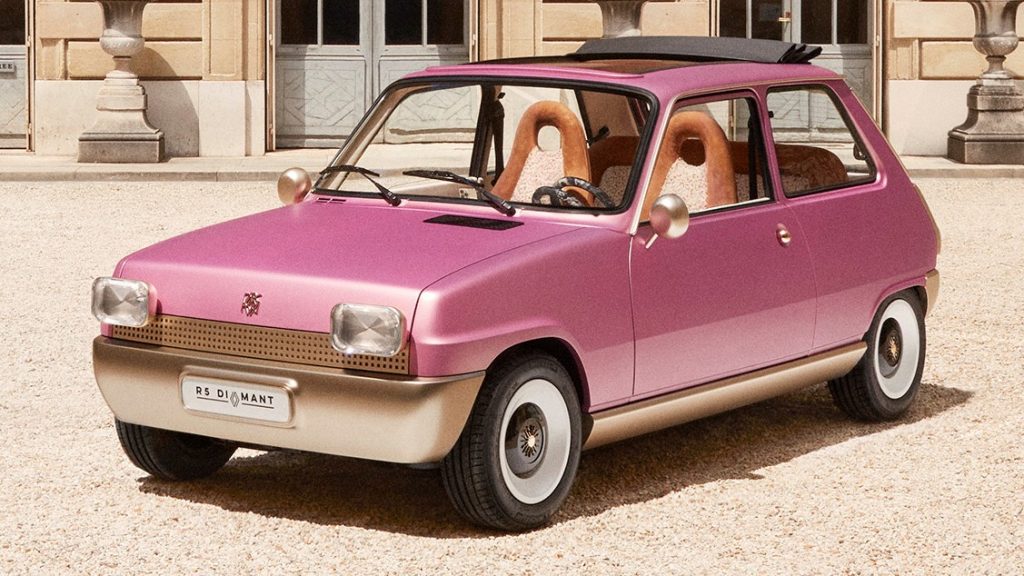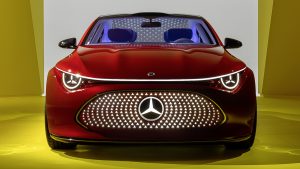Volkswagen is the latest one to take a stand in the matter. Retro cars have been common since the 2000s, but investing in them has given the industry a mixed bag of results

Nostalgia has become a profitable marketing tool. Clothing fashion keeps bringing back styles that were popular decades ago. Many songs and movies are simply never forgotten. People are embracing face-to-face social gatherings again, as opposed to virtual contact. And there are cars like the ones you are going to see on this article: they are perfectly modern but draw heavy visual inspiration from classic ones.
Retro design became the topic of our latest article because of Volkswagen. Few weeks after the company created a digital Beetle for Netflix’s Miraculous: Ladybug & Cat Noir, CEO Thomas Schäfer stated that it is not going to pursue nostalgia. At least, not in the typical sense that once brought us the New Beetle. This article is going to discuss this trend, which peaked in popularity 20 years ago, and show some examples.
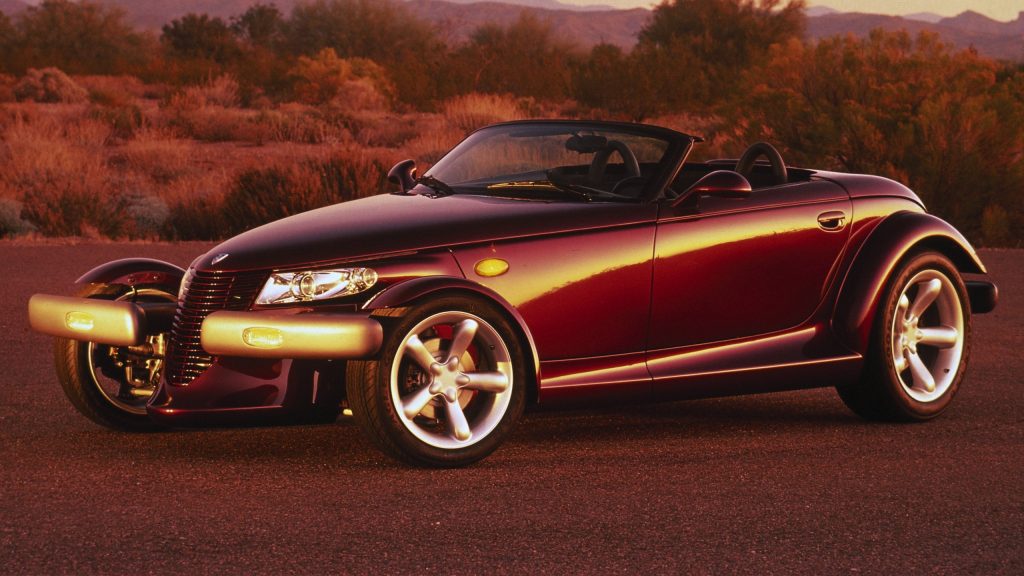
What is a retro car?
A car whose design takes inspiration from older ones. Those muses can be vintage cars in general, like the Plymouth Prowler above, or past generations of the same car. The latter is much more common: Fiat 500, Mini Cooper, and Ford Mustang are only a few examples. In essence, the carmaker creates a modern-day visual identity that replicates signature traits of the classic car such as a radiator grille or a taillight shape.
When it comes to internal parts, everything is contemporary. Electronic systems, powertrain, structure etc. That is great for buyers because it means the retro car will comply with the same standards as any other. However, it is even better for automakers: they cut costs by using existing parts and charge more for the car’s premium image. Since they often aim at market niches, this is important to endure their low sales.

Why do we like retro design?
In my opinion, because they show the past with rose-colored glasses. It is easy to admire a typewriter, for example, if you never had to retype a whole page because its margins were misaligned. Same thing with a record player when you actually store all the songs you like on your phone. Retro products in general only present the glamorous parts of life in the past. They cash in a highly selective interpretation of nostalgia.
As time passes, the average buyer goes further from the time when the original version of those products actually existed. Therefore, it becomes even easier for them to overlook their negative aspects and simply enjoy the positive ones. Now, I am in no position to judge. We are talking about promoting a product, so retro design has been quite effective at that. The success of retro cars is simply one dimension of that.
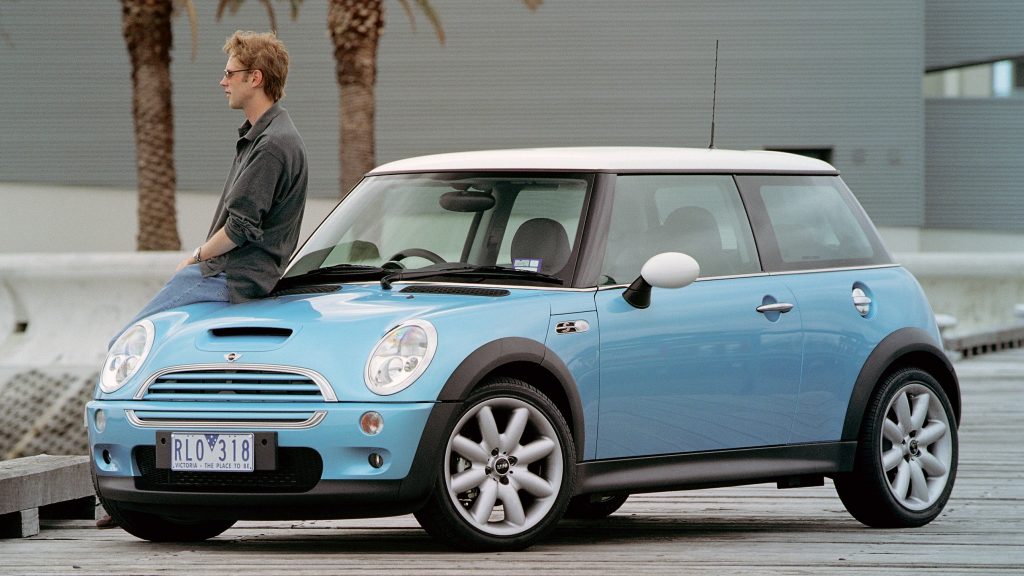
Why do we like retro cars?
People who actually enjoy classic cars usually buy an actual one and restore it to pristine condition. Retro cars are essentially modern products with an extra-appealing design. It is about buying the Mini Cooper above and attract looks wherever you go, something a comparable Škoda Fabia could never do. Now that most people post everything they do on social media, that appeal has become increasingly important.
We also appreciate the company’s balance between past and present. The Chrysler PT Cruiser paired that 1940s design with good headroom, fuel-efficient powertrain, and decent handling. The Chevrolet Camaro has been using many technical innovations underneath its 1960s-inspired design, and so on. People want everything, as obvious as it sounds. The best retro cars are great cars overall, only with a special design.

Why don’t we like retro cars?
From people’s point of view, retro cars need a purpose. The original VW Beetle was popular for decades, but its modern iteration was simply a Golf with higher price and less practicality. The Chevrolet SSR above was not fast enough to be a sporty vehicle, nor did it have enough room to be a competitive pickup truck. The Ford Thunderbird, in turn, did not offer enough content to properly participate in the luxury market.
When it comes to companies, retro cars are expensive to build because they require many exclusive parts. Besides, their design becomes a problem in the long run. Buyers enjoy the original one but will eventually demand something new. And when that time comes, the maker has the challenge of creating something new but not different. If you think the latest Mini Cooper phases never change much, that is the reason.
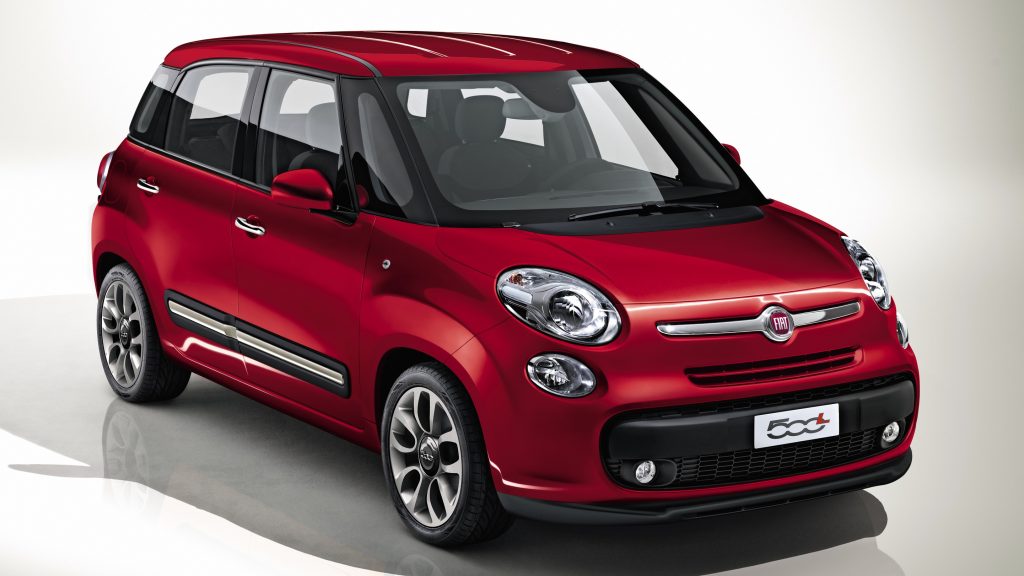
Retro design in nowadays
According to the previous paragraphs, this trend has never been highly committed to accuracy. Therefore, automakers have been toying with several ways to make it profitable. Fiat, for example, converted the 500 into a fashion icon with so many special editions. Dodge boosted the Challenger’s pony-car appeal at the expense of efficiency to avoid direct competition. And Ford revived the Bronco as two separate models.
Volkswagen is another case of that. The ID. Buzz may use an emotional image but features technical traits that could perfectly replace the T7 over time. And there are rumors that nameplates like Golf and Polo will survive, only being adapted to fit the electric era. Schäfer is only firmly against “dedicated” retro cars such as Beetle and Scirocco because they belong to market niches that are excessively difficult to bring profit.

What to expect from now on?
Observation allows me to say retro cars are no longer a trend. The time to release new models has ended; the existing ones are simply refreshing recipes they showed for the first time in the 2000s. There will be a few retro-inspired cars coming up, such as the Renault 5 and the Fiat 600, but they are not the same. They are completely modern products, especially because of electrification, only with a hint of vintage design.
Younger buyers are now too distant from the Eldorados and the Thunderbirds of yore. They grew up with models like Dodge Viper and Lancia Stratos as their notion of classics. There is always a chance carmakers will try to convert those into retro cars someday, but most likely not now. Right now, everyone is working to make electrification, or alternatives such as synthetic fuels, financially viable for massive production.
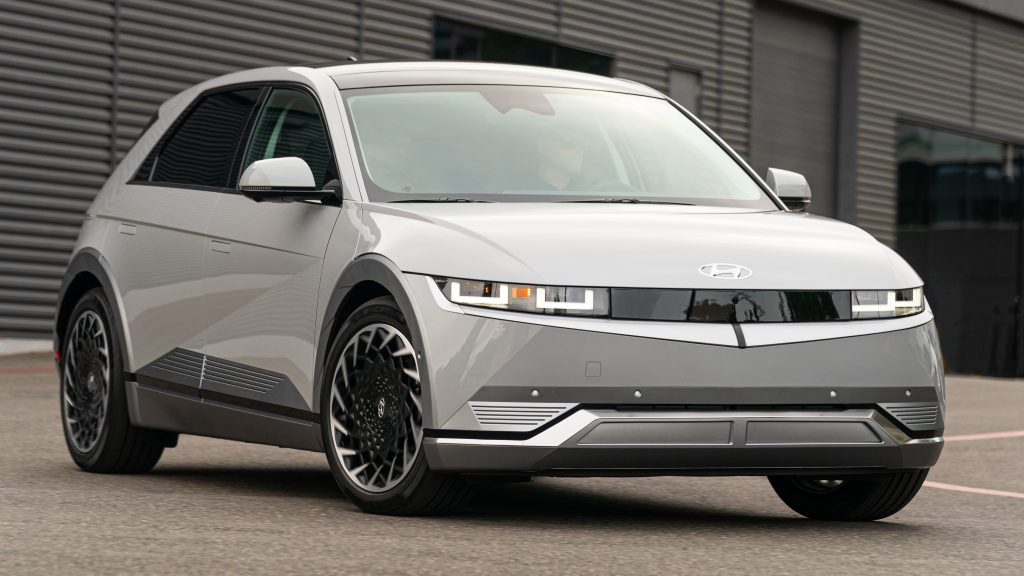
Retro design is a global trend that has also entered the car industry. However, the euphoria of the 2000s quickly vanished once automakers found that this recipe had its limits. Nowadays, we are seeing different interpretations of retro cars, including a few quadricycles here and there. What do you think of this trend? Have you owned one of the first models? Or would you be open to buying one of the upcoming ones?
You may also like
Since we’re talking about retro cars, it would be impossible to overlook what Renault has done. The 5 Diamant is one of the concepts released to celebrate the R5’s anniversary. Check it out!
Danillo Almeida has explored his passion for cars in two distinct ways. The first one is his graduation course in Mechanical Engineering, which will hopefully lead to a job position in the field. The other one is expressing his knowledge and opinions on the matter through writing. Almeida has already contributed to blogs, stores, and websites in general writing automotive content in many formats.

